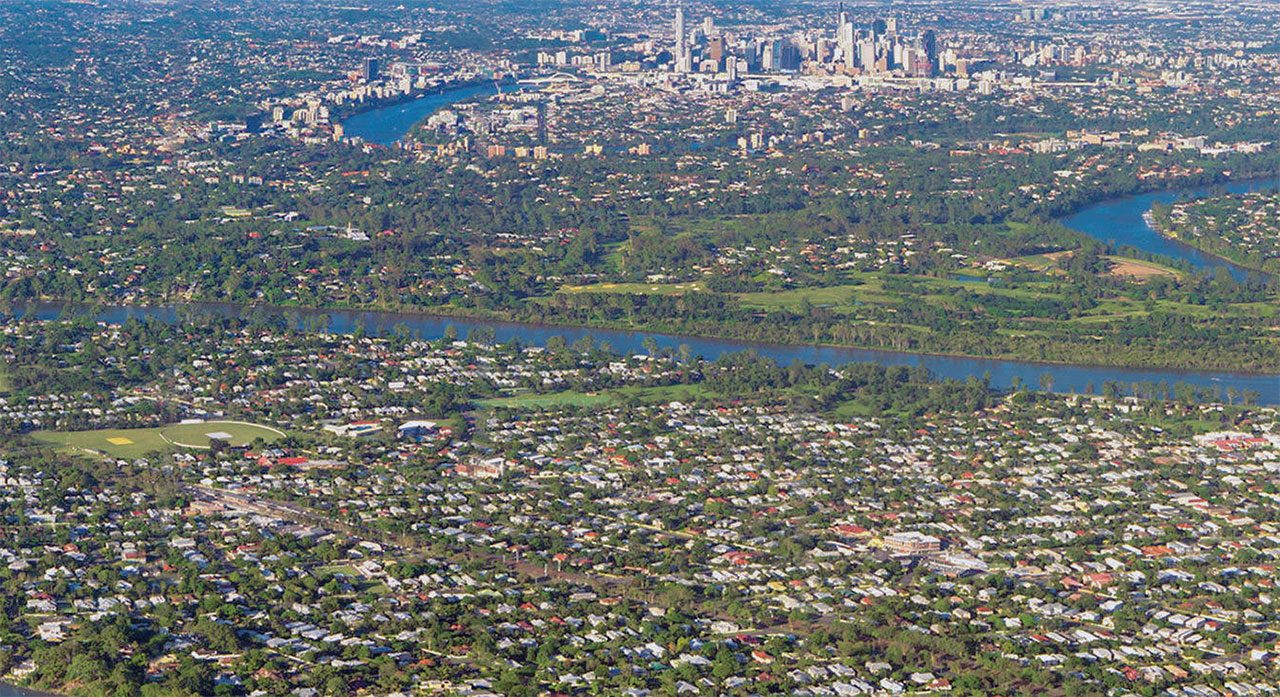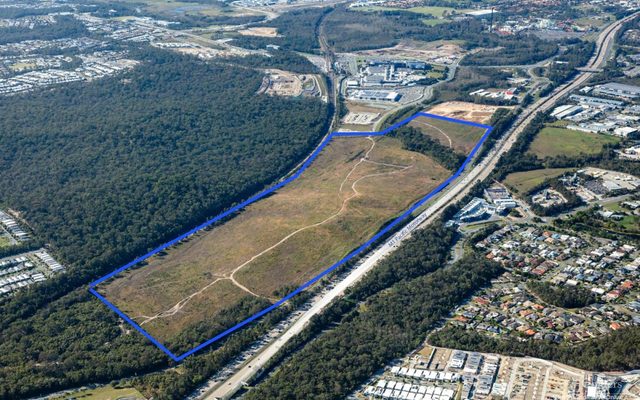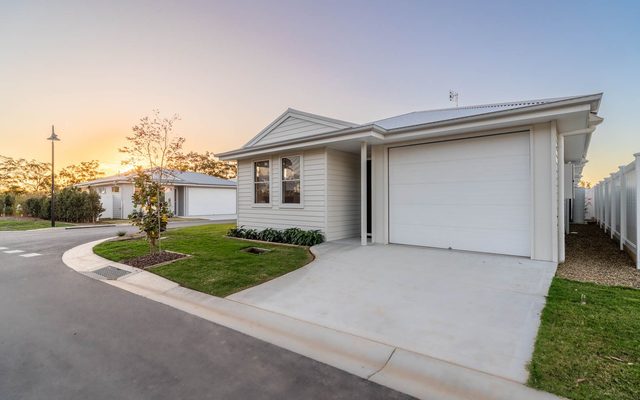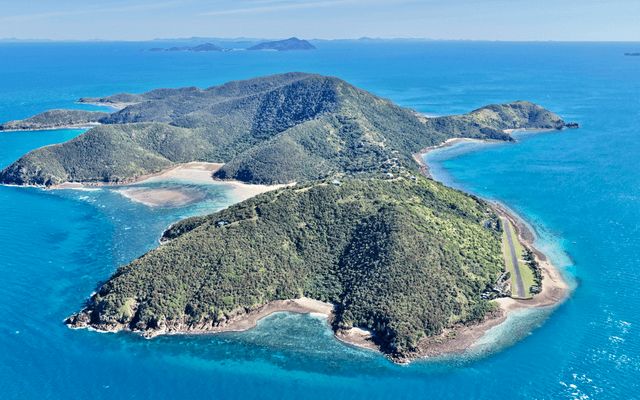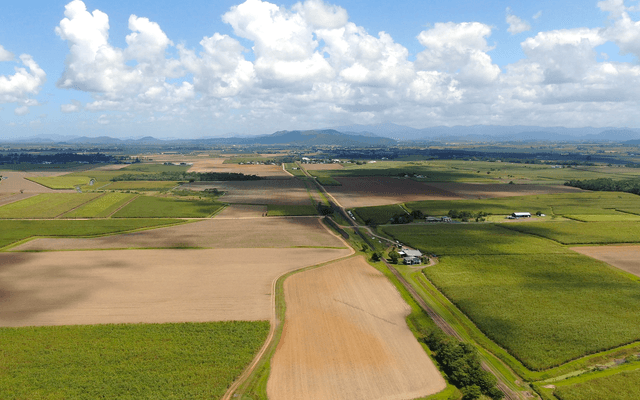This article is from the Australian Property Journal archive
LAND sales throughout south east Queensland saw dual rebounds during the 2020 financial year, according to government data, with 15% increase in lot sales numbers over the year as the region experiences a population growth spurt.
Ray White analysis of urban lot sales – lots less than 2,500 sqm – from the Queensland Government Statisticians Office also showed the land market in the region still has further potential improvement left. The FY20 result, while up 14.26% on the previous year, was still 38.7% lower than the most recent peak period of FY17.
Vanessa Rader, Ray White head of research, said the period saw the land sales market experience a range of influencing factors from a recovery in the second half of 2019 due to a banking led slowdown in the previous period, the onset of the COVID-19 pandemic resulting in market uncertainty and short term stagnation, and strong consumer activity in response to government stimulus packages.
Prices on a per square metre basis and the median price vacant land for land remained near the same, although the region lot approvals dropped 13.9% to 11,636, and lot registrations down 9.5% to 11,201.
The drop in lot approvals indicate a potential decrease in forward land supply, with the Brisbane region reporting a 29.4% decrease to 1,889, Gold Coast a 41% fall, and the Ipswich region reporting a 69% drop. The Logan region bucked the trend with a considerable 241.1% uplift to 5,694.
Lower approval numbers across Queensland have carried into the early part of 2021, down by 33.3% in monthly terms over January, according to the Australian Bureau of Statistics. Detached home approvals were down 19.0% in the state.
Rader said the downward pressure on future supply for the majority of LGAs appears to be the key trend shaping the market at present – which recently has seen immense pressure resulting from the implementation of the HomeBuilder stimulus.
Australian Bureau of Statistics data showed Queensland received a net gain of 7,237 people during the September quarter. While arrivals from other states were down compared to the June period fewer people left – emigrants were the lowest since the December quarter of 1994. More than 4,000 people were gained from New South Wales, in net terms, during September quarter.
In the past week, the Queensland government launched a new taskforce intended to address the population growth across the south east, It will be responsible for housing and infrastructure development to keep up with the boom.
“This downward supply trend is likely influencing the very strong competition and premium sale results witnessed for development sites throughout south east Queensland which are offered to the market, particularly those sites with scale, a clear planning pathway and access to essential infrastructure,” Rader said.
Annual total lot sales volumes increases were headed by the Sunshine Coast region with a 25.3% jump, followed by Brisbane (16.5%), Logan (15.6%) and the Moreton Bay region (14.1%).
By median land value, the best performers included the Toowoomba region reporting with 11.1% to $194,500, and then Redland Bay (4.1% to $329,000), Moreton Bay region (2.71% to $261,900) and the Ipswich region (1.5% to $203,000).
CoreLogic data showed Brisbane dwelling prices rose by 1.5% in February, taking annual growth to 5%. The February rise was the city’s largest since November of 2007. The Gold Coast recorded a 2.6% month-on-month increased, and the Sunshine Coast 2.5%. Both locations have seen double-digit growth over 12 months, of 10.5% and 11.2% respectively.
Rader said that overall, the data represents a strong outcome for south east Queensland, and with the major increase in land sales experienced through the second half of 2020, largely attributable to government stimulus, the south east Queensland land market is “very well positioned” for a continued improvement through 2021.
